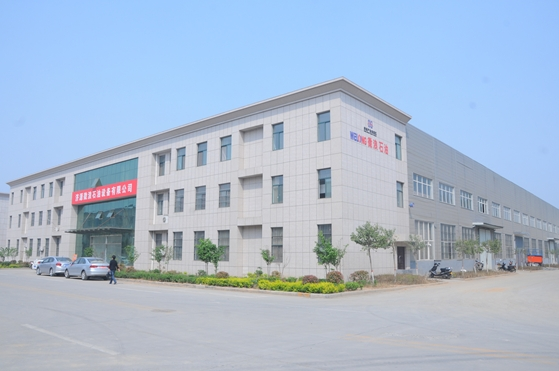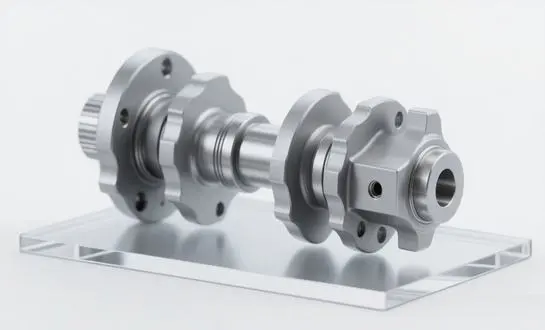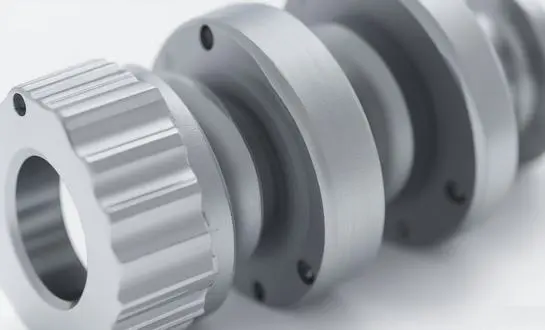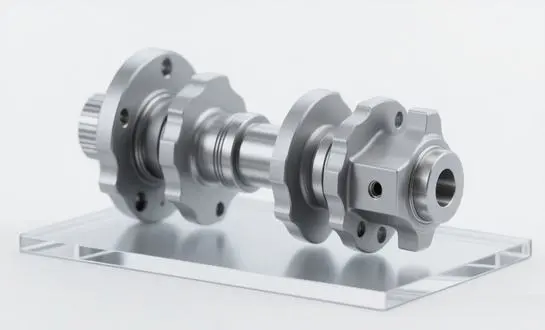Understanding Work Roll Textures and Patterns
The surface texture of work rolls is a critical factor in determining the final quality of cold-rolled metal sheets. Different textures and patterns on work rolls can impart various characteristics to the metal surface, influencing both its aesthetic appeal and functional properties. Manufacturers often employ specialized techniques to create specific textures on work rolls, tailoring them to meet the requirements of different applications and industries.
Types of Work Roll Textures
Work roll textures can range from smooth, polished surfaces to more complex patterns. Some common types include:
- Shotblasted: Provides a uniform, slightly rough surface
- Electric Discharge Textured (EDT): Offers a fine, controllable texture
- Laser Textured: Allows for precise, custom patterns
- Chrome Plated: Enhances durability and provides a smooth finish
Each texture type serves a specific purpose and can significantly impact the cold rolling process. For instance, EDT work rolls are often used in the automotive industry to produce sheet metal with optimal paint adhesion properties.
Impact of Texture on Surface Quality
The texture of work rolls directly influences the surface characteristics of the rolled metal. A finer texture on the work roll typically results in a smoother finish on the metal sheet, while a coarser texture can impart a more matte appearance. Additionally, the right texture can help control factors such as:
- Oil retention on the metal surface
- Friction between the roll and the workpiece
- Uniformity of the rolled product
- Formability of the sheet metal
By carefully selecting and maintaining the appropriate work roll texture, manufacturers can achieve the desired surface quality and performance characteristics in their cold-rolled products.
Impact of Roll Wear on Sheet Metal Finish
As work rolls are used in the cold rolling process, they inevitably experience wear over time. This wear can have a significant impact on the surface quality of the sheet metal being produced. Understanding and managing roll wear is crucial for maintaining consistent product quality and optimizing the efficiency of cold rolling operations.
Mechanisms of Work Roll Wear
Several factors contribute to the wear of work rolls during cold rolling:
- Abrasion from contact with the metal being rolled
- Thermal fatigue due to temperature fluctuations
- Chemical reactions with lubricants or coolants
- Mechanical stress from rolling forces
These wear mechanisms can lead to changes in the roll surface, affecting its ability to impart the desired finish to the sheet metal.
Effects of Wear on Surface Quality
As work rolls wear, several issues can arise that impact the surface quality of the rolled product:
- Increased surface roughness of the sheet metal
- Uneven thickness across the width of the sheet
- Formation of defects such as scratches or marks
- Loss of desired texture or pattern on the metal surface
These effects can lead to products that fail to meet quality standards, potentially resulting in increased scrap rates and customer dissatisfaction.
Monitoring and Managing Roll Wear
To mitigate the impact of roll wear on surface quality, manufacturers employ various strategies:
- Regular inspection and measurement of roll surface conditions
- Implementation of predictive maintenance schedules
- Use of advanced materials and coatings to enhance roll durability
- Optimization of rolling parameters to minimize wear
By closely monitoring roll wear and taking proactive measures, manufacturers can maintain consistent surface quality in their cold-rolled products over extended production runs.
Optimizing Roll Maintenance for Superior Product Quality
Effective maintenance of work rolls is paramount in ensuring consistent, high-quality output from cold rolling mills. A well-executed maintenance strategy not only prolongs the life of the rolls but also contributes significantly to the overall surface quality of the finished products. By implementing comprehensive maintenance practices, manufacturers can optimize their cold rolling processes and maintain superior product quality.
Preventive Maintenance Strategies
Preventive maintenance is key to avoiding unexpected downtime and maintaining optimal roll performance. Some effective strategies include:
- Regular visual inspections for signs of wear or damage
- Periodic measurements of roll diameter and surface roughness
- Scheduled roll grinding or resurfacing to maintain desired textures
- Lubrication system checks and maintenance
These proactive measures help identify potential issues before they impact product quality, allowing for timely interventions and minimizing production disruptions.
Advanced Maintenance Techniques
In addition to traditional maintenance practices, advanced techniques can further enhance roll performance and longevity:
- Non-destructive testing methods such as ultrasonic inspection
- Thermal imaging to detect uneven heating or cooling of rolls
- Vibration analysis to identify potential bearing issues
- Precision balancing of rolls to minimize vibration during operation
These advanced techniques provide deeper insights into roll condition, enabling more precise maintenance planning and execution.
Roll Change Optimization
Efficient roll change procedures are crucial for maximizing productivity while maintaining quality:
- Development of quick-change systems to minimize downtime
- Implementation of roll storage and handling systems to prevent damage
- Training of maintenance personnel in best practices for roll changes
- Use of data analytics to optimize roll change schedules
By streamlining the roll change process, manufacturers can ensure that fresh, properly maintained rolls are always available to maintain the desired surface quality in cold-rolled products.
In conclusion, it is impossible to exaggerate the effect that work rolls have on the surface quality of cold rolling mills. Every facet of work roll operation, from the subtleties of roll textures to the difficulties of managing wear and the need of proactive maintenance, is vital in deciding the ultimate quality of cold-rolled metal sheets. Manufacturers may consistently provide high-quality outcomes that satisfy the demanding requirements of contemporary industries by concentrating on these crucial areas and putting best practices in roll selection, operation, and maintenance into practice. As technology continues to advance, the potential for even greater precision and efficiency in cold rolling processes grows, promising exciting developments in the field of metal processing. For more information on how to optimize your cold rolling operations and achieve superior surface quality, please contact us at oiltools15@welongpost.com. Welong is committed to providing cutting-edge solutions and expertise to help you excel in your metal processing endeavors.





